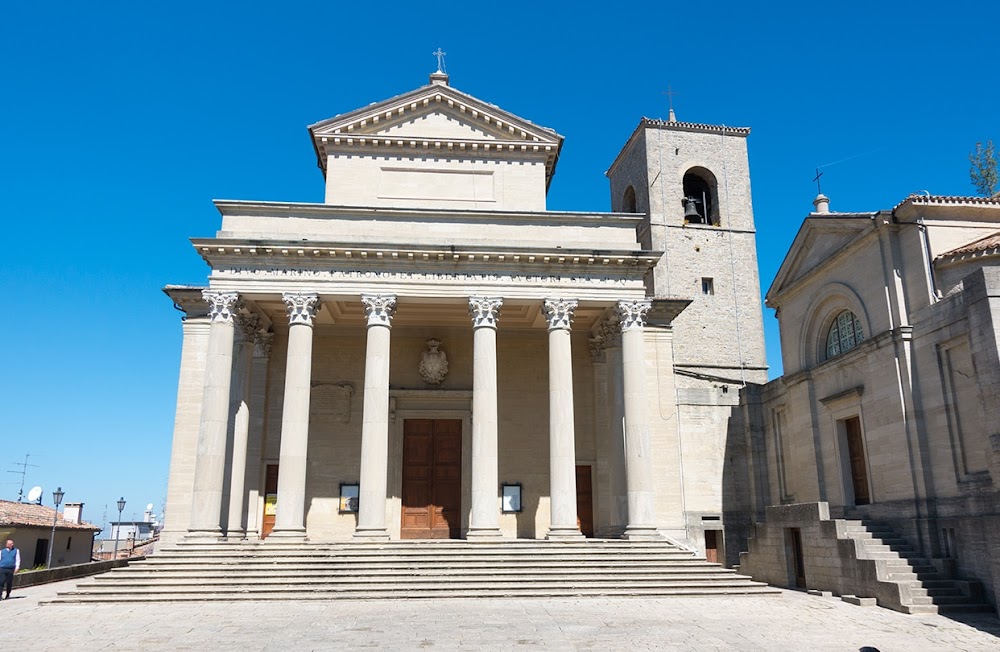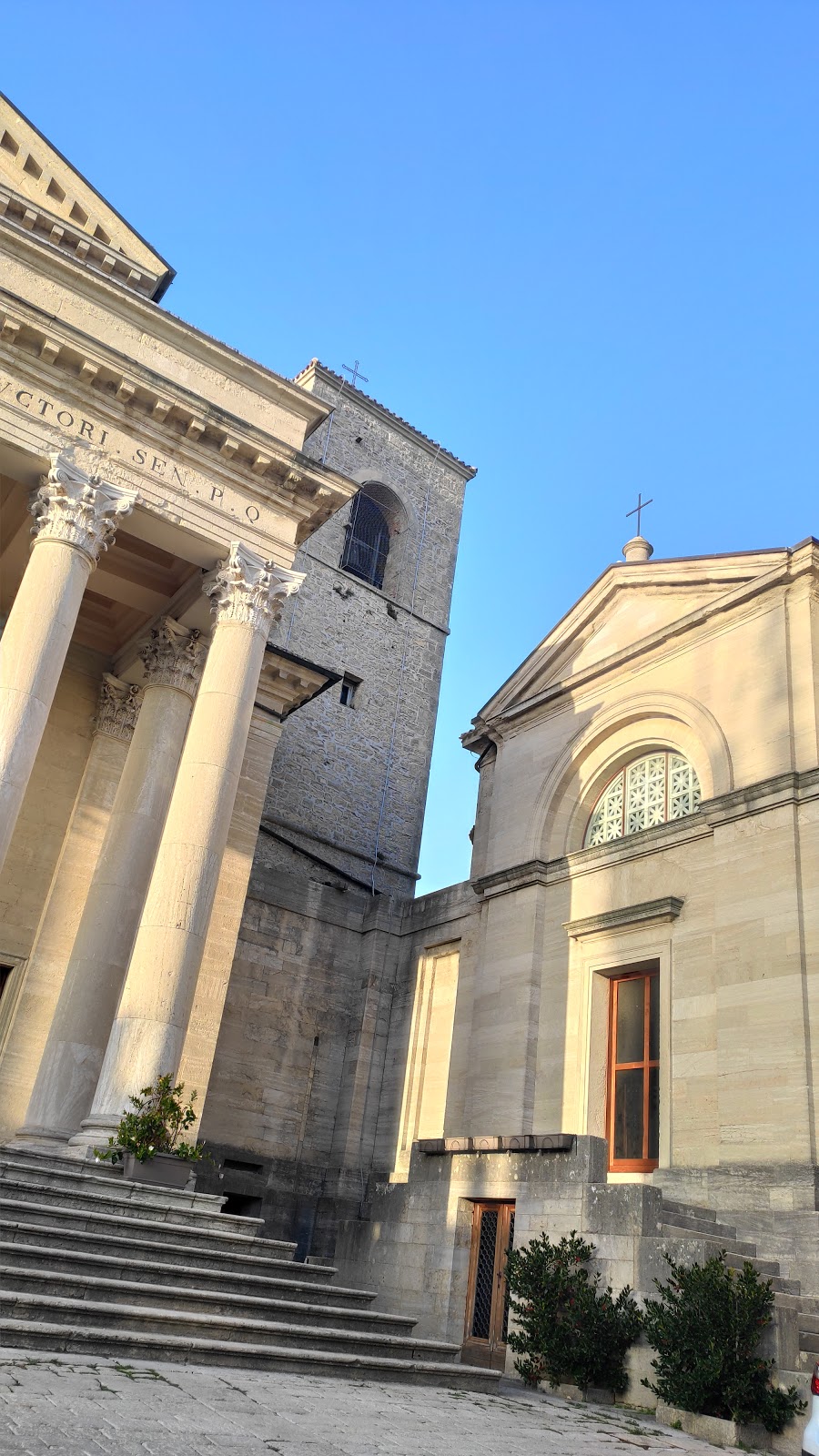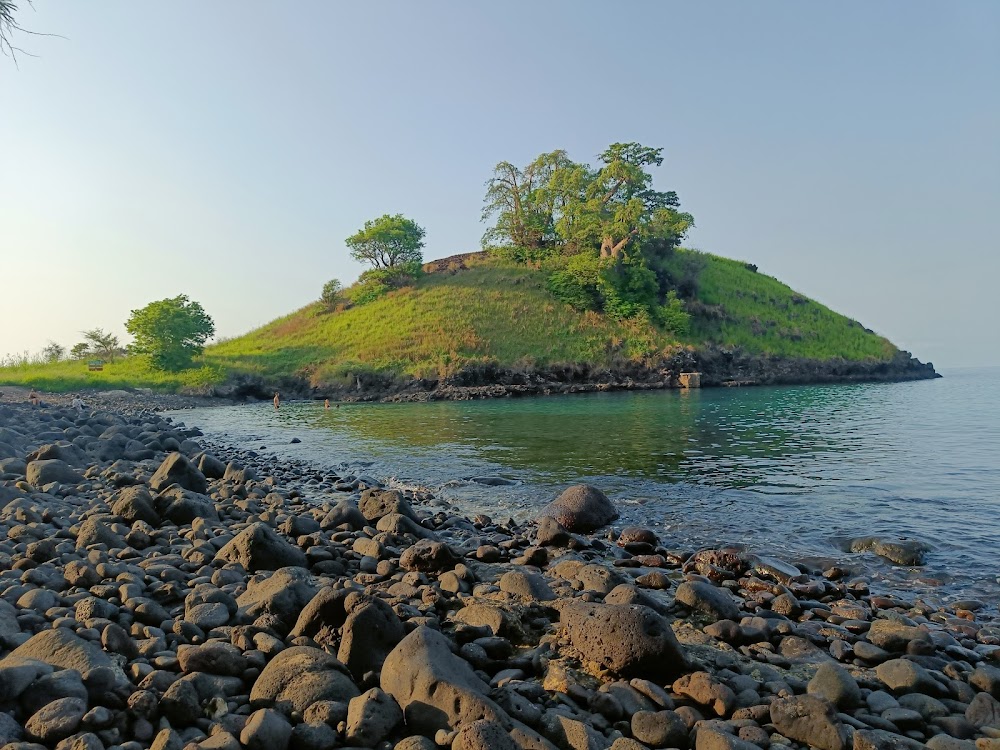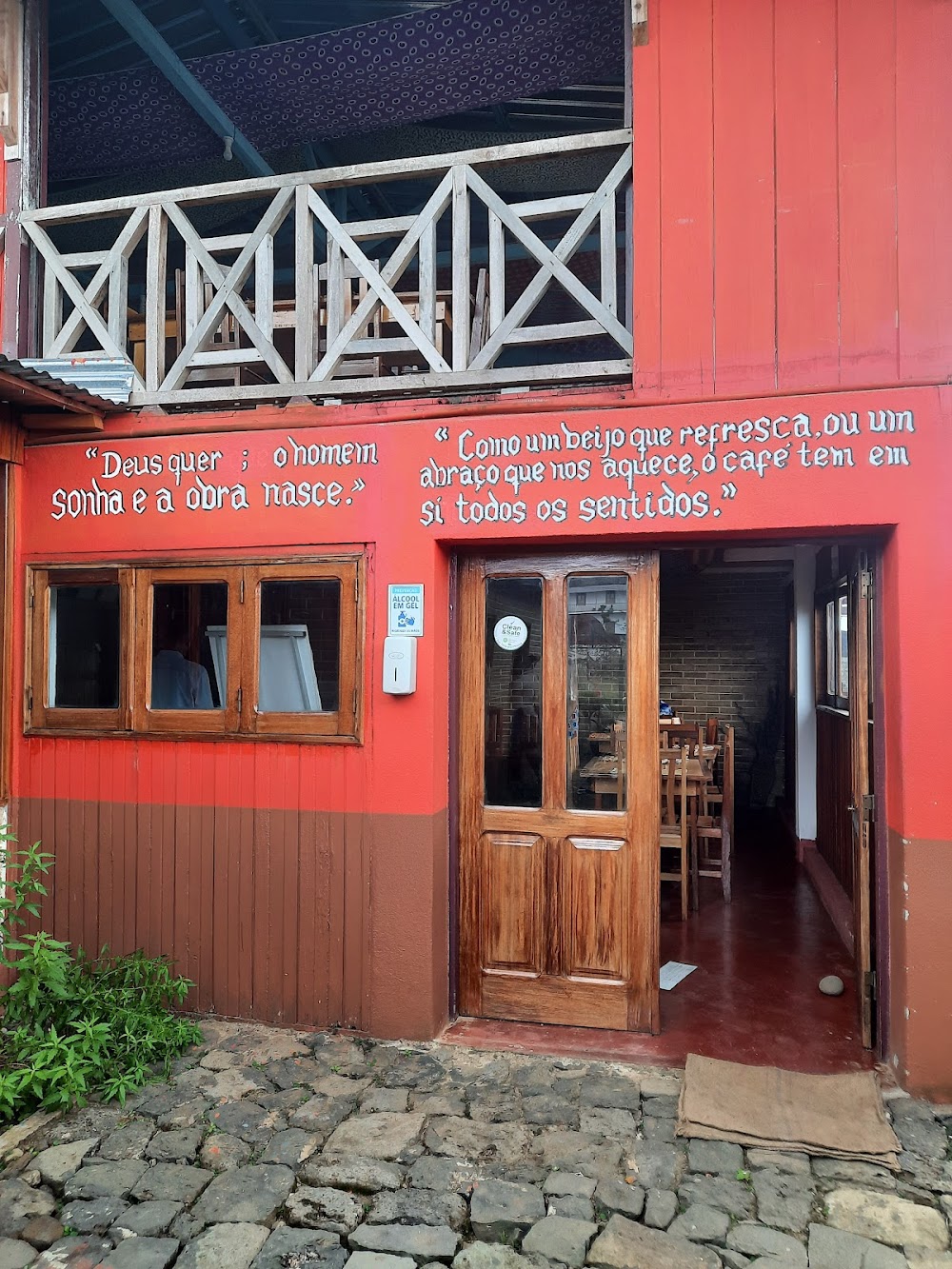Church of San Pietro (Chiesa di San Pietro)
Overview
The Church of Saint Peter: A Historical Gem in Acquaviva
Nestled in the picturesque city of Acquaviva, the Church of Saint Peter, known locally as the Church of San Pietro, is a stunning architectural landmark in the tiny, mountainous nation of San Marino. With its profound historical and religious significance, this church attracts visitors from all corners of the globe, eager to experience its beauty and heritage.
Originally constructed in the 16th century, the Church of Saint Peter has experienced numerous renovations and restorations over the years to maintain its charm and structural soundness. The initial design was a humble chapel built by local artisans using limestone and wood sourced from the surrounding area. This uncomplicated yet resilient construction style reflects the region’s architectural traditions of that time.
Architectural Features
The church showcases a classic rectangular layout, characteristic of ecclesiastical architecture from its era. The main façade features a simple yet elegant portico supported by Doric columns. A grand wooden door, adorned with intricate carvings of scenes from the life of Saint Peter, serves as the entrance. Above, a modest rose window filters natural light into the interior, casting a serene glow on worshippers.
As Acquaviva flourished during the 18th century, the church expanded to accommodate its growing congregation. This development included the addition of a striking bell tower, built with the same local limestone as the main structure. The bell tower boasts arched openings and a conical roof, topped with a gleaming cross that symbolizes the church's spiritual significance.
Interior Splendor
Inside, the Church of San Pietro features a single nave with a vaulted ceiling, creating an airy and reverent ambiance. The walls are adorned with captivating frescoes that depict biblical scenes, created by local artists inspired by the Renaissance. These artworks have been meticulously restored, allowing their vibrant colors and intricate details to be appreciated by all who visit.
At the heart of the church lies the altar, a splendid representation of Baroque artistry. Intricately carved from marble, the altar showcases statues of angels and saints, with a striking statue of Saint Peter at its center. Crafted by a skilled sculptor from nearby Rimini, this statue captures Saint Peter in deep contemplation, holding the keys to Heaven in his hand.
The Crypt and Its Significance
One of the church's most remarkable features is its crypt, which dates back to the original 16th-century construction. Accessible via a narrow staircase, this underground chamber houses the tombs of early church leaders and benefactors. The cool, dimly lit atmosphere of the crypt provides a stark contrast to the warmth and light of the main sanctuary above, inviting visitors to reflect on the lives that have shaped this sacred space.
Throughout the centuries, the Church of San Pietro has served not only as a place of worship but also as a vibrant community hub. It has been the site of countless baptisms, weddings, and funerals, silently witnessing the stories and events that have defined Acquaviva.
Community Efforts and Cultural Heritage
The preservation and maintenance of the church have always been a collective endeavor. Local craftsmen and artisans take immense pride in safeguarding this historical landmark, ensuring its beauty and significance endure for future generations. Funding for restoration often comes from donations by parishioners and philanthropic organizations dedicated to preserving San Marino’s rich cultural heritage.
Today, the Church of Saint Peter stands as a focal point of Acquaviva, both spiritually and culturally. It warmly welcomes parishioners and visitors alike, offering a fascinating glimpse into the rich history and enduring traditions of this unique enclave in San Marino.






